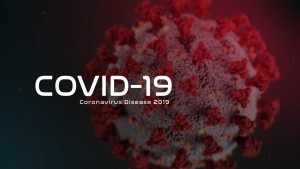
SARS-CoV-2 Can Infect Human Brain Organoids
With no ideal animal model that mimics how SARS-CoV-2 infection leads to COVID-19 in people, several research groups are turning to mini-organs grown from human

With no ideal animal model that mimics how SARS-CoV-2 infection leads to COVID-19 in people, several research groups are turning to mini-organs grown from human
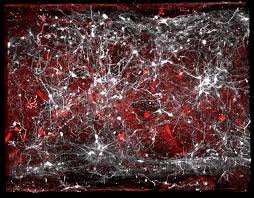
Summary The occurrence of dreaming during rapid eye movement (REM) sleep prompts interest in the role of REM sleep in hippocampal-dependent episodic memory. Within the
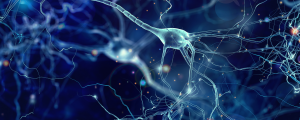
For many years, Thomas Misgeld, a neuroscientist at the Technical University of Munich in Germany, has studied mitochondria, often in the context of neurodegenerative and
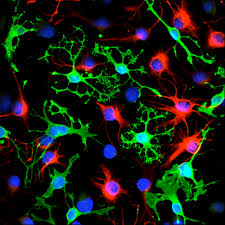
Neuroscientist Gregor Pilz of the University of Zurich has watched stem cells turn into neurons in the brains of young, living mice—a feat that not
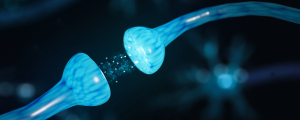
Cancer cells have the ability to connect to and feed off of neurons in the brain, according to three studies published in Nature on Wednesday
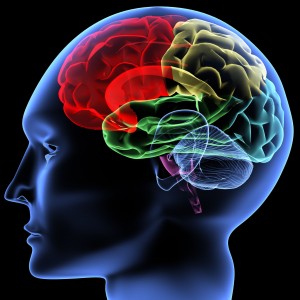
Sequencing the nuclear RNA of more than 100,000 individual postmortem brain cells from people with and without autism spectrum disorder indicates the types of genes
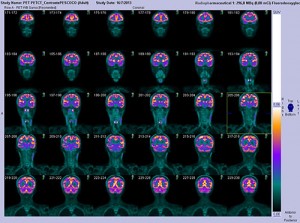
For a small fold of tissue, the hippocampus has an outsized influence. It stores and retrieves human memories, capturing the life history that makes us
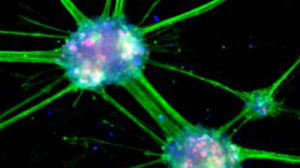
Neurons derived from the skin cells of people with and without autism spectrum disorder exhibit different patterns of growth and development, according to a study
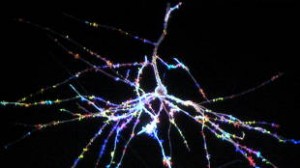
Two studies in mice published today (October 31) in Nature report the existence of several types of brain cells that had not been acknowledged before.
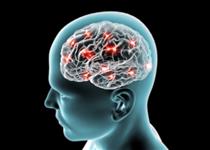
Researchers have discovered a new type of inhibitory neuron present in human, but not mouse, brains. So-called rosehip neurons, described yesterday (August 27) in Nature
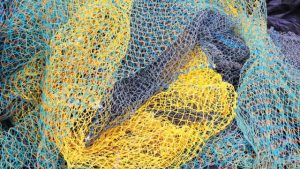
In 1898, Camillo Golgi, an eminent Italian physician and pathologist, published a landmark paper on the structure of “nervous cells.” In addition to the organelle
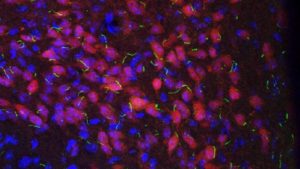
Most mammalian cells have a primary cilium, an antenna-like, immobile surface projection that senses the surrounding environment. Researchers report in Nature Genetics today (January 8)
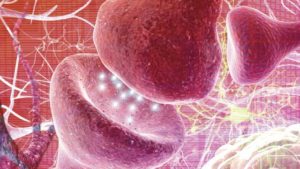
For years, neurons in the brain were assumed to all carry the same genome, with differences in cell type stemming from epigenetic, transcriptional, and posttranscriptional
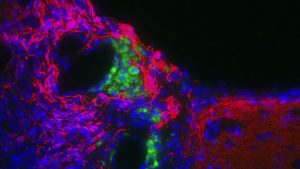
Neural stem cells normally go with the flow of chemical guides. But with a little electrical stimulation they can be coaxed to go the other

A 21-million-image dataset of the female fruit fly brain is offering an unprecedented view of the cells and their connections that underlie the animal’s behavior.
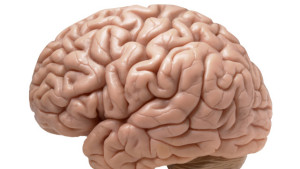
The human cerebral cortex experiences a burst of growth late in fetal development thanks to the expansion and migration of progenitor cells that ultimately form

Neurons within a single brain can differ from one another in genomic content—a phenomenon known as mosaicism. But the extent to which those differences are
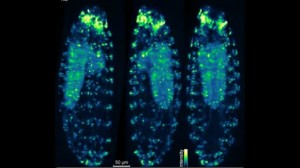
Imaging Life-science imaging broke barriers this year, as scientists built upon microscopy approaches to peer ever deeper into living tissues. In October, Purdue University’s Ji-Xin

Using a modified scorpion neurotoxin or antibodies to target gold nanoparticles to the surface of neurons, researchers have created a new way to stimulate brain
Created by ePubSystems. Contact Us for similar site for your university or institute.